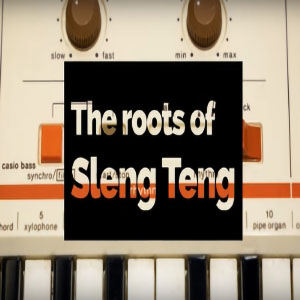How A Japanese Woman Influenced Jamaica's Reggae
The pattern that resonates in the 1985 reggae hit by Wayne Smith, Under Mi Sleng Teng, came from Casiotone MT-40, which went on sale in 1981, the first product Hiroko Okuda worked on after joining the Tokyo-based company behind G-Shock watches.
Sleng Teng is a form of digital Jamaican music that began in the mid-1980s, part of the rich repertoire of the disco-like genre called dancehall.
One of the rhythm patterns Okuda created called “rock” on the MT-40 evolved into Sleng Teng riddim.
As legend goes, Noel Davey, the Grammy-winning keyboard player for the Marley Brothers, got an MT-40 from a friend. Davey was toying around with the MT-40 and chanced upon the beat for the megahit Under Mi Sleng Teng, and the rest is history, so to speak.

Davey, who has never been to Japan, said he would like to meet Okuda. The two share something in common — just as he feels he has never been properly credited for his role in the history of reggae, he stressed Okuda deserves credit for the Casio instrument.
That groove went on to inspire much of subsequent reggae, distinctly heard in works by Sugar Minott, Ibo Cooper, Gregory Isaacs and Dennis Brown.
Michael “Megahbass” Fletcher, a musician in Jamaica, said other keyboards were also used to play Sleng Teng, such as Casio CZ-101 and Yamaha DX100, from Casio’s Japanese rival.

Okuda, whose graduation thesis at Kunitachi College of Music in Tokyo, had immersed herself in reggae in the late 1970s, including going to Bob Marley’s concerts in Japan.
She doubts any of the reggae musicians know she is behind the MT-40. And how her MT-40 became part of such great music is nothing short of “a miracle,” she said.
“If I can ever meet them, I just want to express my deep gratitude. I want to tell them thank you so much for finding the rhythm and for using it,”

